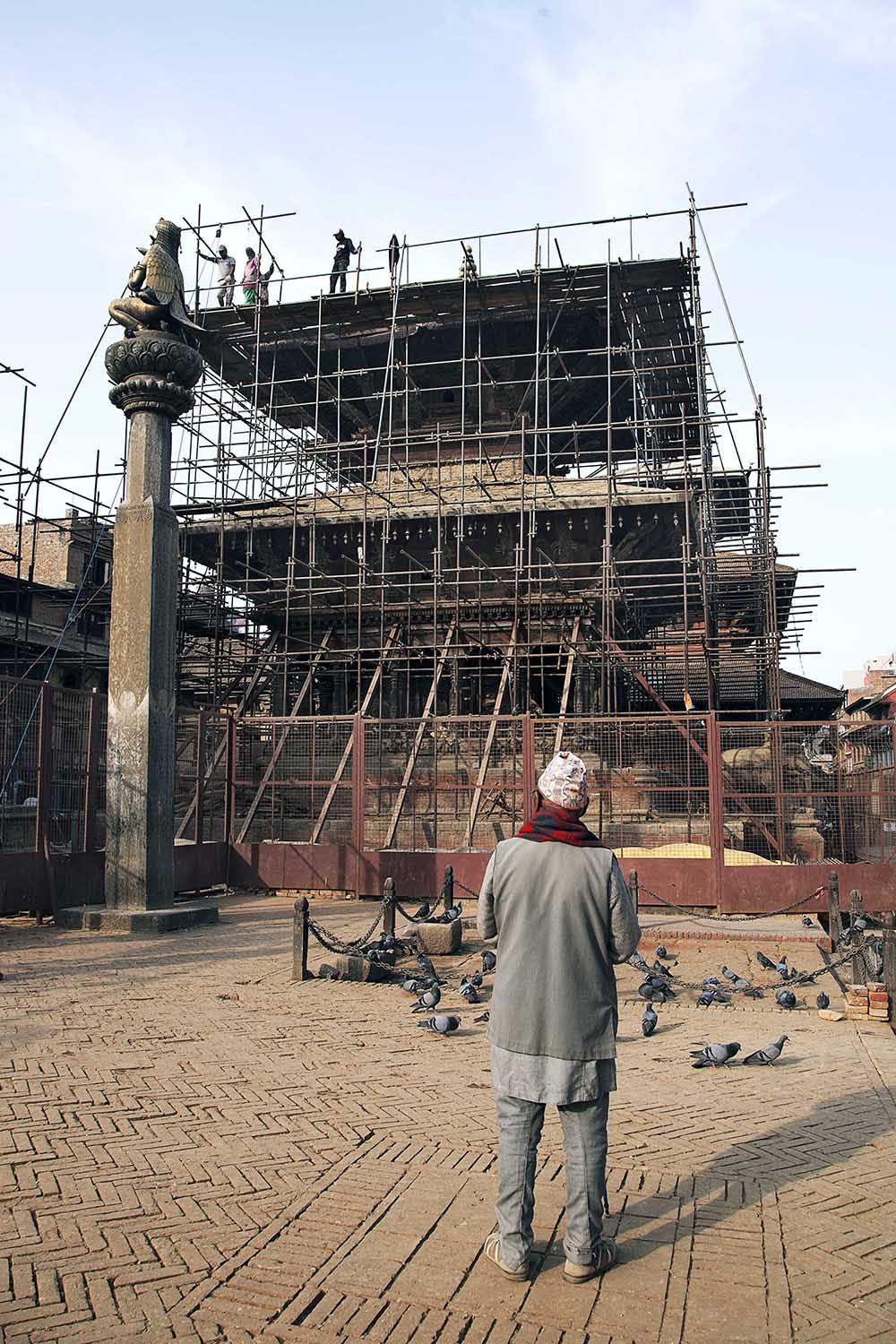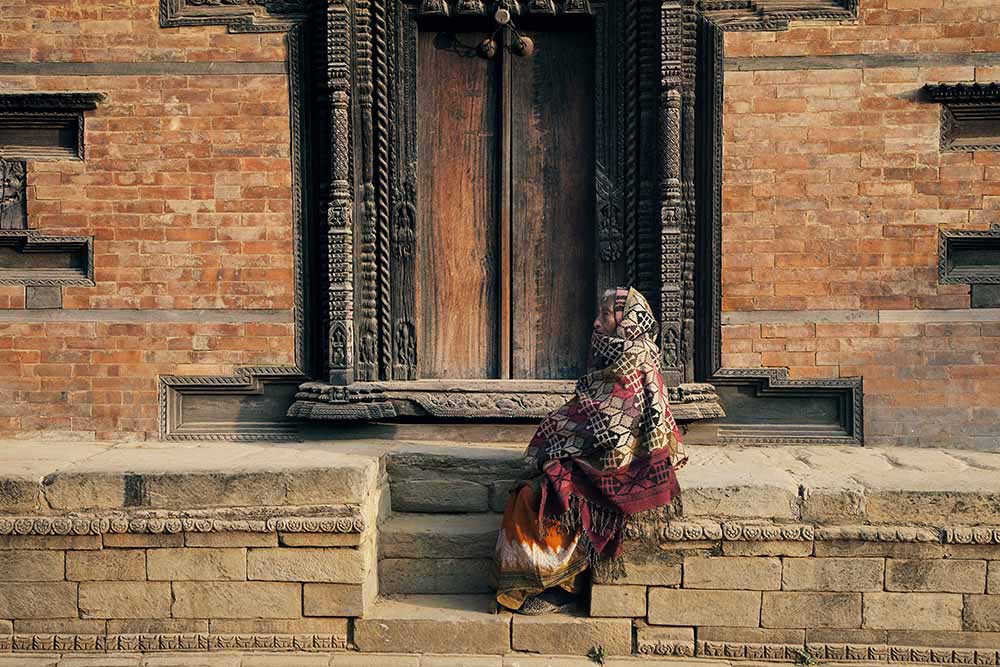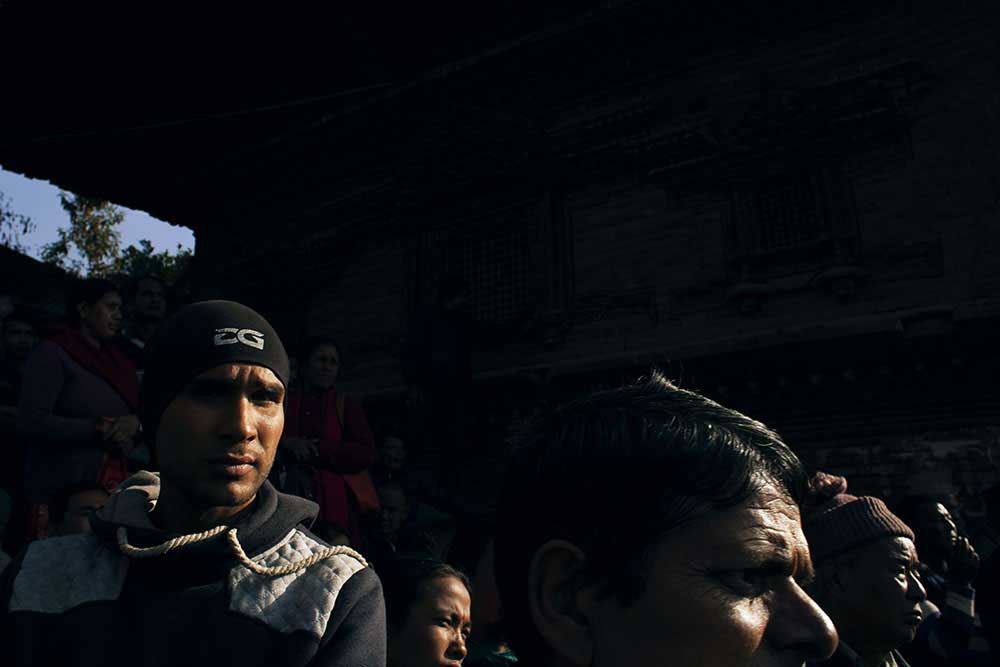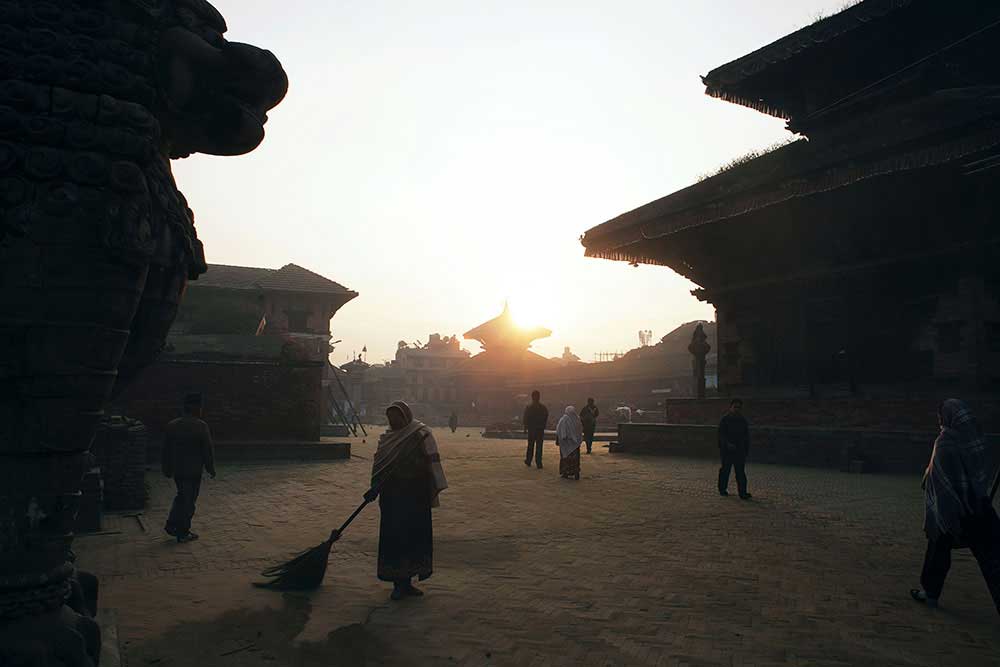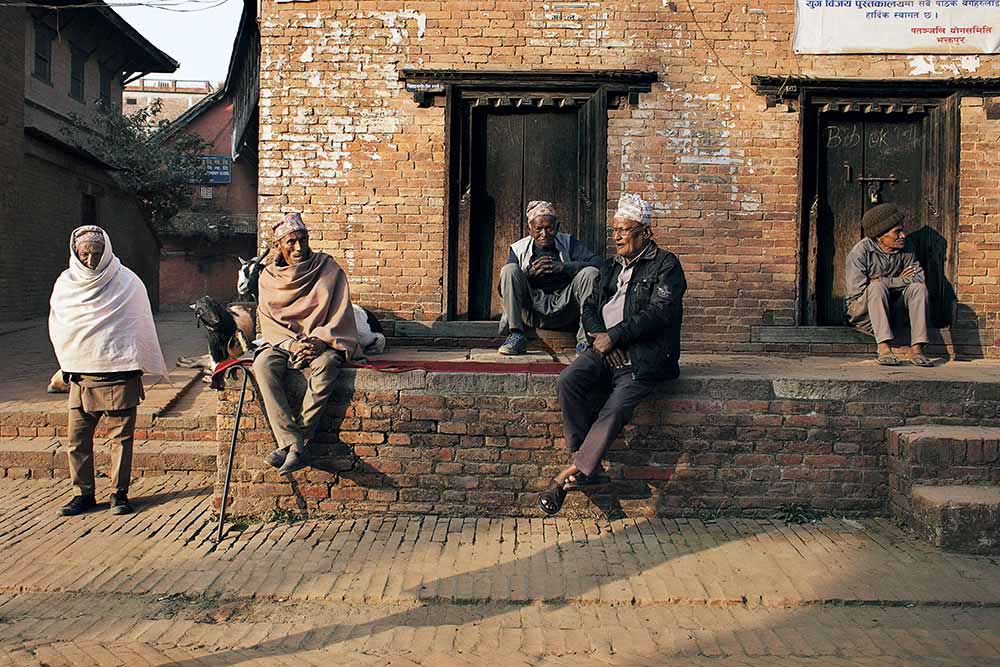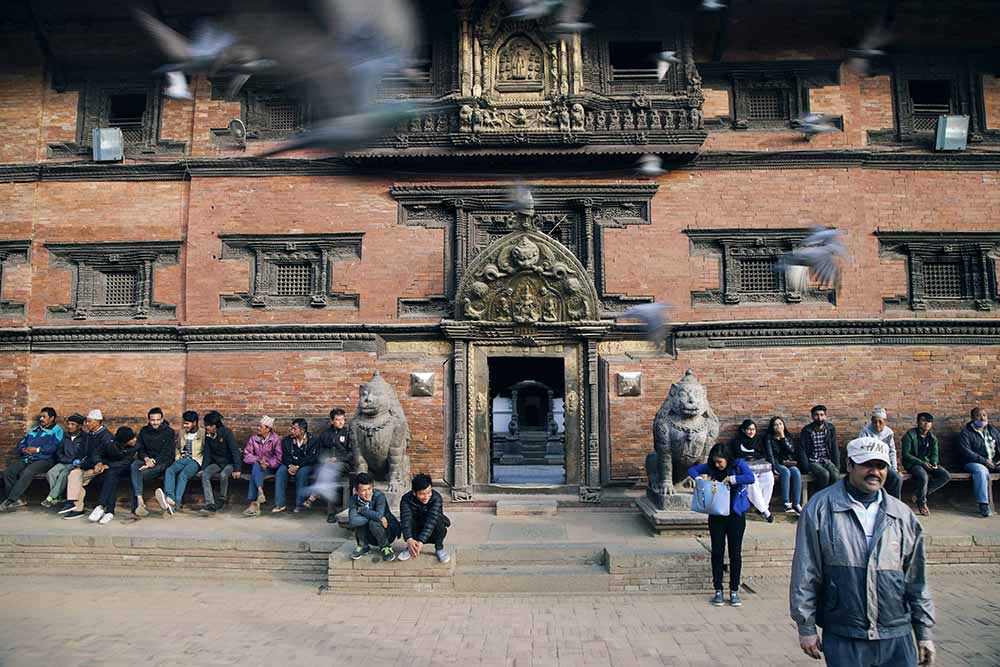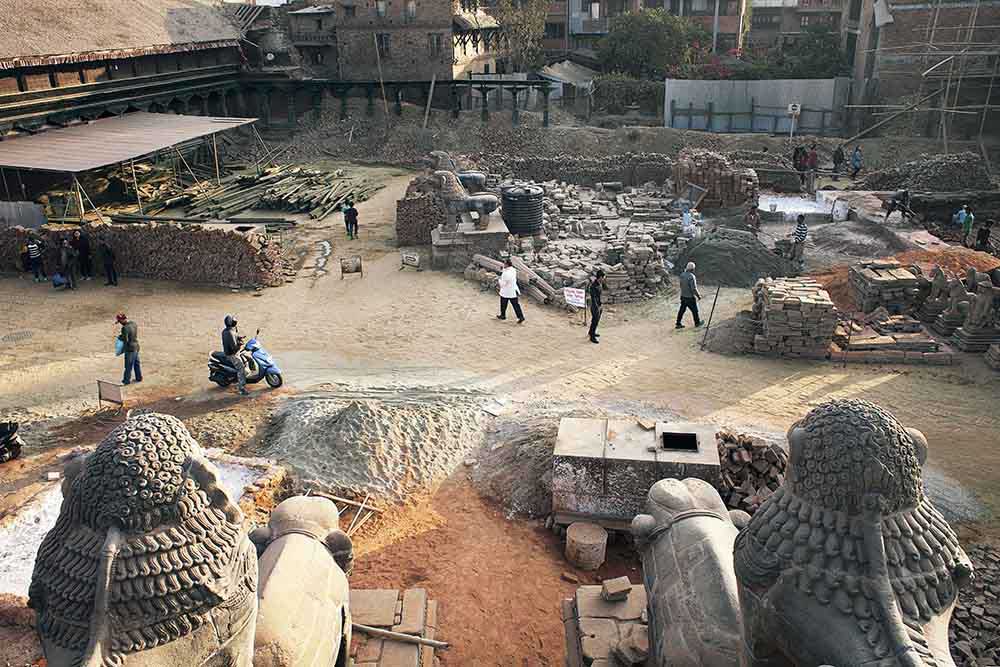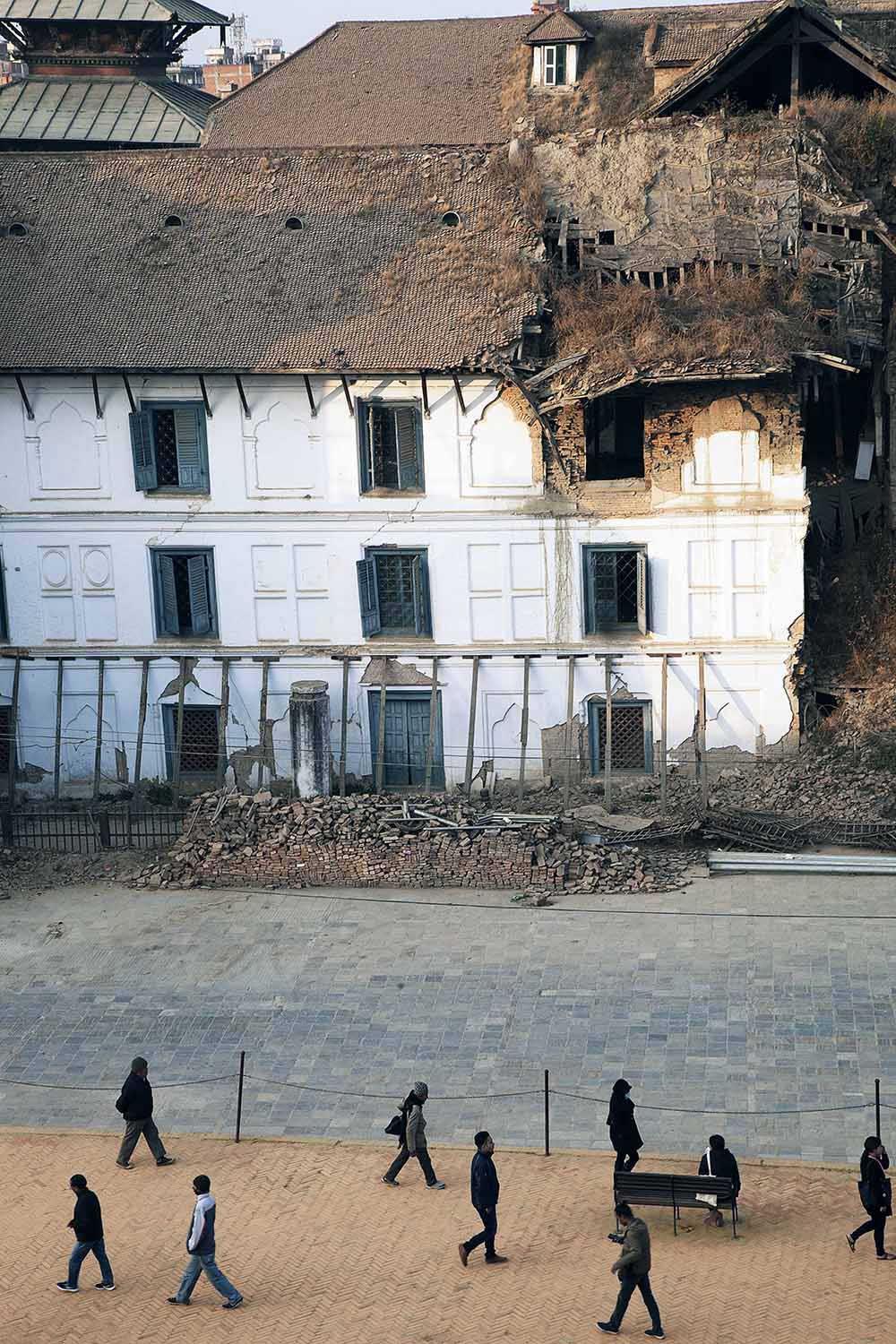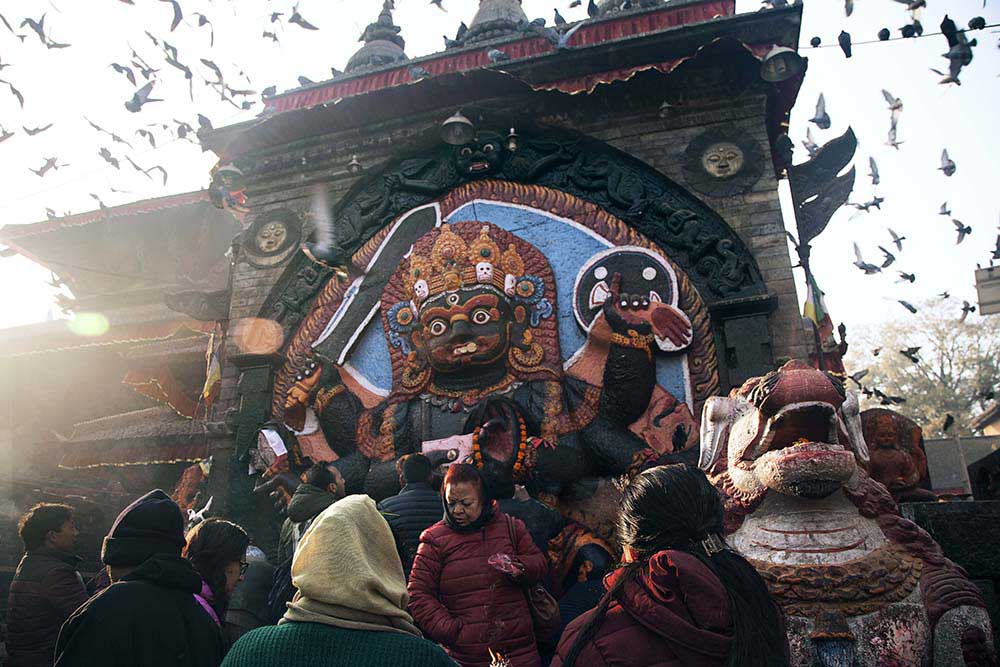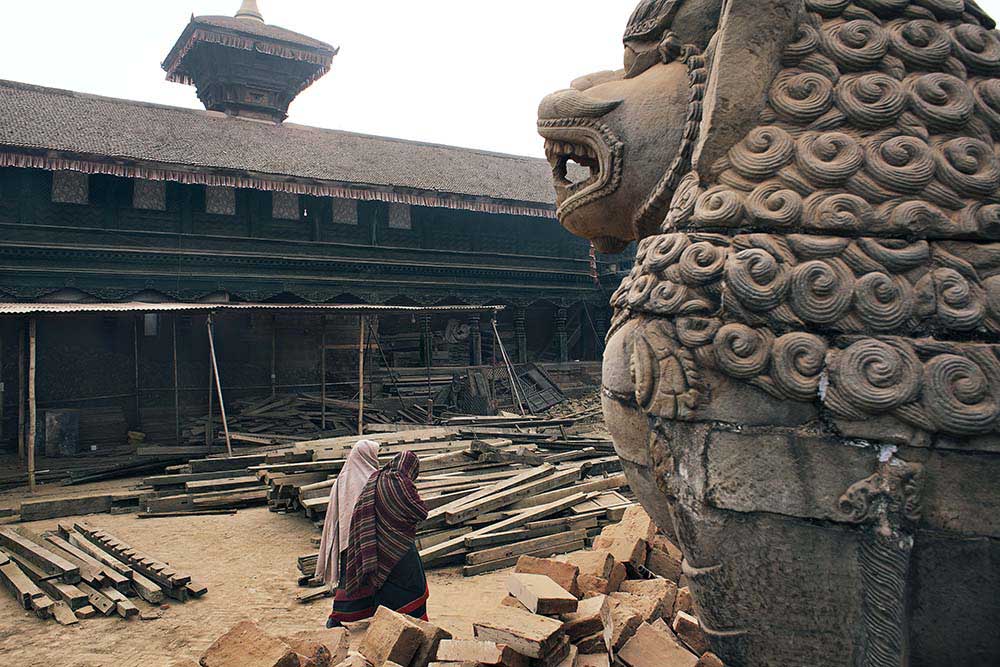On April 25, 2015, at 11:56 am local time, one of the worst earthquake recorded in history struck Nepal. According to the United Nation (UN), about eight million people are affected, more than a quarter of Nepal’s population.
Sixty percent of the cultural heritage that includes temples, monasteries, stupas, monasteries, and other historical buildings were severely damaged or even completely destroyed. Gorkha, once a historical figure known for his courage and strength, is now notorious as the destroyer who has changed the face of this mountainous paradise forever.
Nearly two years after Gorkha, I visited Nepal to see the condition post earthquake. My journey started from Kathmandu, the capital city of Nepal. The largest metropolis in Nepal is one of the areas badly affected. In Durbar Square which is a UNESCO world heritage site, mountain of rubbles and rocks are piling along the way. Maju Dega and Trailokya Mohan Narayan Temple which once completed Durbar, is entirely gone. Other monuments that are still standing supported by wooden pillars like a marionette toy that can not afford to stand alone.
Nevertheless, Durbar is still enchanting. It was dawn and chilly when I walked along the alley in downtown Kathmandu. Here, The practice of life revere in Hindu’s philosophy. The sound of prayer wheels chiming loudly. Diyo, a lit candle for offering in front of the statue of Kal Bhairav, the dreaded manifestation of Shiva’s glimmer. The residents walk around the temple in an orderly ritual while praying. Red tika scraped on the forehead after the ritual is complete.
In Nepal, the day begins by asking for protection from the God. Despite of declaring itself a secular state, the breath of Hinduism has ingrained and created a distinctive civilization. I stayed for a while in the middle of the King Pratap Malla’s Column yard as I watched the pigeons adorned the misty sky and decided to continue the journey.About 30 kilometres from Kathmandu, I drove towards Bungamati Village. Entering the medieval classical village is like entering a conflict zone. The house is ragged and the ground is uneven. The locals were resting under a tin zinc in a cold December morning.
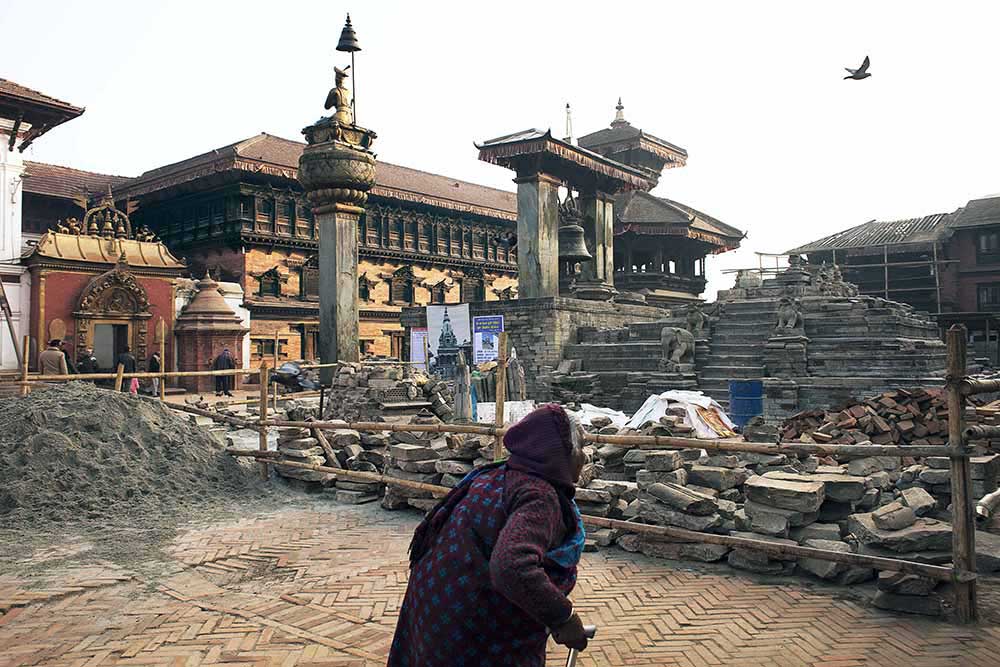
Dangerous and unfeasible, indeed. But, most of them do not have the funds to rebuild their homes. The only development is seen in the heart of the village. Apparently, it is where the Rato Machhendranath Temple should stand. In a remote valley where agriculture is highly regarded, the figure of Rato Machhendranath is known as a rain god and a food provider.In a country where more than 80% of the population is Hindu, religious monuments are symbols that are considered vital. The life evolves around the buildings that are believed to be representations of Gods and Goddesses. Therefore, a luminous ray of hope arose when Boudhanath, one of the largest stupas in the world located in the Kathmandu Valley was completed.
Nepal celebrates but much remains to be fixed. I continued my exploration through land in order to reach Bhaktapur, a cultural city known as the city of devotees. A similar scene to Kathmandu, the sight of reconstructions repeats itself. Among the dashing landscape of Bhaktapur Durbar Square, the workers are seen sorting stones from the ruined ruins of the temple. The material is then washed, collected and labeled for reuse.The scene is not solely missed by the citizens who come to worship in some of the remaining temples. A flock of tourists are watching, some donate. Maybe they want to take part in cultural development and incise the name in the history that is happening.
That morning, the mist is overwhelming at Taumadhi square. I walked past the authentic Newa-style architecture buildings of Nepal. Peace and harmony coloured the whole city. The atmosphere is harmoniuous. Men chatted and relaxed in the village hall. Tea shop or commonly known as chai, is crowded. I sat there too. The twilight has graciously come. I went back, tracing a maze of narrow brick lane while absorbing the spirit that Bhaktapur has to offer. In this city of thousand Gods, I learned that the core of Nepal’s charm is not on it’s magnificent panorama of the natural landscape or exotic architectural glamour. But, it is on the conventional culture that creates a vibrant and peaceful life etiquette.
About Irene Barlian
Irene Barlian (b.1989) is an Indonesian documentary and travel photographer based in Jakarta. Her work focuses on people, culture, and it’s relationship with nature. She has a particular love for the vibrancy of Southeast Asia. Her work has appeared in publication worldwide. She has also received several awards for her work. She lives in Jakarta but continues to travel.[Official Website]



